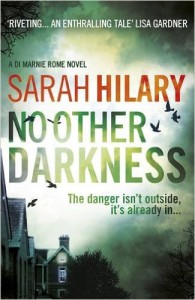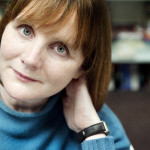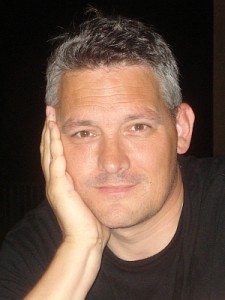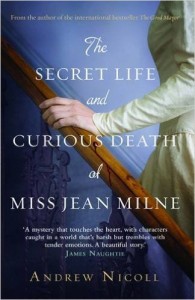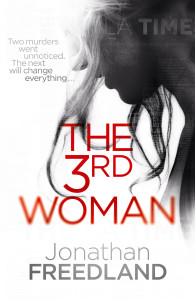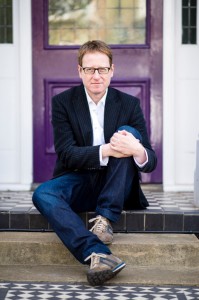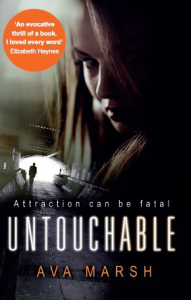 Today I am delighted to welcome Ava Marsh to Grab This Book. Ava’s novel Untouchable released earlier this year in digital format and instantly became one of my favourite books that I have discussed on this blog (review link below). This week Untouchable receives a paperback release and Ava has kindly taken some time to answer a few of my questions:
Today I am delighted to welcome Ava Marsh to Grab This Book. Ava’s novel Untouchable released earlier this year in digital format and instantly became one of my favourite books that I have discussed on this blog (review link below). This week Untouchable receives a paperback release and Ava has kindly taken some time to answer a few of my questions:
Shall we start with an easy one? Tell me about Untouchable and who is Stella?
Untouchable is the story of a high-class escort, Stella, who finds herself uncovering a top-level conspiracy after the murder of friend and fellow call girl Elisa. But as she becomes more deeply enmired in Elisa’s death, Stella’s own shadowy past starts to catch up with her.
Can you outline Untouchable for me in a single sentence?
Oh goodness, I’m so rubbish at summing things up neatly. How about ‘call girl revenge saga’? Hmm, no. Okay, what about ‘Gone Girl meets 50 Shades’? Perhaps not. I think I’ll go with ‘a compelling story about one woman’s fight for justice against a powerful and corrupt elite.’
You will probably be aware that there was considerable Twitter speculation over how you researched the lifestyle of an escort. Is there a balance of research and author imagination or did you actually base Stella’s routine on recounted events?
You’re right, I have been asked that question a few times! The truth is it’s a combination of both. I know several intelligent, professional women who have gone into escorting, for various reasons, and some of the scenes in Untouchable reflect their experiences. But there’s also a wealth of stuff on the internet; many escorts have blogged about their lifestyle, and how they feel about it, so it’s not hard to research.
And yes, I just made a lot up.
As Stella/Grace is the hero of the story does that make her clients default villains? At no time while I read Untouchable did I feel that the reader was asked to make judgment on prostitutes or their clients.
I’m pleased you didn’t. I get tired of the widely-held stereotypes and general demonization of prostitution. Not all prostitutes are alike, just as not all writers are alike either – there is a world of difference between a woman with a drug habit working in Kings Cross to someone operating at Stella’s level, just as there is all the difference between being a hack writer for the Daily Mail and writing 1,000 page literary novels a la Donna Tartt or Haruki Murakami. The idea that all escorts are downtrodden or degraded by their work just isn’t true, as Brooke Magnanti (Belle de Jour) has amply illustrated.
The same holds for punters. Men have myriad reasons for paying for sex, and many of those reasons are perfectly understandable. It’s not uncommon for men to find themselves stranded in sexless marriages, for instance, and rather than leave their wife or have an affair, some decide that discreet, paid-for physical companionship is the lesser of several evils. Which is entirely fair enough, in my opinion.
Did you ever consider that you were taking a risk making your lead character a prostitute? I cannot imagine everyone will respond sympathetically to a character that has chosen this lifestyle.
I did consider it. I think there’s still a huge taboo around sex work, and there’s always the danger of being tainted by association. But I wanted to tell Stella’s story, as well as undermine some of the popular mythology around escorting.
This may be a bit of a chicken/egg question: as Untouchable developed did you start with the idea of building a story around escorts? Or was the basis of the story in your head and the characters (and their profession) subsequently fell into place?
Untouchable started when I realised that high-end escorts can find themselves in a unique position of interacting with sometimes very powerful men, in a situation where those men might well let down their guard. That led me to start wondering what might happen if an escort heard or discovered something significant or dangerous. What might she do with that information? How might she react?
I know that Untouchable has been available digitally for some time – does holding a paperback of your novel make it feel more special or real?
There’s nothing quite like holding your book for the first time. Especially when it has a lovely velvety-feel cover like Untouchable.
You were one third of the Femmes Fatales panel during the Brit Crime online book festival. As a reader I found the whole event an absolute joy, how was it from the author viewpoint?
Oh, such fun. I love interacting with other writers and with readers, and will debate anything almost endlessly. Just wind me up and watch me go!
A few years ago I was at the Aye Write festival in Glasgow and I got to hear Mark Billingham and Jo Nesbo compare their ‘journey’ to publication. How long did it take you to get Untouchable from concept to a finished article that readers could enjoy?
Untouchable got its fair share of rejections. A number of agents and editors seemed unsure how to peg the book, especially as it’s fairly explicit. In terms of the time it took to write, that was about six months, then another six or so to find an agent and publisher. After that came the long slog of editing and tweaking and waiting for publication, which in this case was about 18 months after acceptance. You need patience to survive in this industry.
On a more personal level, what do you enjoy reading? Who do you consider to be your favourite authors?
When I was younger I tackled many of the classics with enthusiasm, and I still read quite a few literary novels. I particularly love Haruki Murakami, Anne Tyler, Kate Atkinson and Donna Tartt. In recent years I’ve been drawn more to genre fiction – hard to pick favourites, but Gillian Flynn is a fabulous prose stylist, while Elizabeth Haynes, Sarah Ward, Mark Edwards, Eva Dolan, and SJI Holliday are all up there on my must-read list.
When do you find time to write?
Whenever I can find the energy. I tend to fit it in around whatever else I’m doing, though I’m trying to prioritise it more these days.
Can you give us any clues as to what you are working on now?
Certainly. My next book, currently in the first round of structural edits, is called Exposure and kicks off with a porn star in prison for double murder. The rest of the story essentially explores how she landed up there.
When not writing how do you enjoy spending your downtime?
Downtime? What’s that? On my rare days off I like to get out and get active – running and kayaking both help me work off a head of steam. I read, obviously, and go to the cinema as often as I can. I also watch a lot of news and documentaries.
These days it’s the ordinary stuff that pleases me more and more. Too much drama puts me off my writing stride. I save it for my novels.
My thanks to Ava for joining me today. As promised my review can be found here: https://grabthisbook.net/?p=773
The Untouchable blog tour continues on Monday 17th with @crimethrillgirl
![UntouchableBlogTour (2) [77433]](https://grabthisbook.net/wp-content/uploads/2015/08/UntouchableBlogTour-2-77433-227x300.jpg)
Untouchable is available in paperback and digital format.
Ava Marsh is on Twitter: @MsAvaMarsh
And online at: http://www.avamarsh.co.uk/
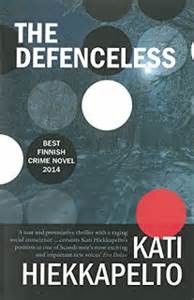 When an old man is found dead on the road – seemingly run over by a Hungarian au pair – police investigator Anna Fekete is certain that there is more to the incident than meets the eye. As she begins to unravel an increasingly complex case, she’s led on a deadly trail where illegal immigration, drugs and, ultimately, murder threaten not only her beliefs, but her life.
When an old man is found dead on the road – seemingly run over by a Hungarian au pair – police investigator Anna Fekete is certain that there is more to the incident than meets the eye. As she begins to unravel an increasingly complex case, she’s led on a deadly trail where illegal immigration, drugs and, ultimately, murder threaten not only her beliefs, but her life.![solomon creed [30763]](https://grabthisbook.net/wp-content/uploads/2015/09/solomon-creed-30763-195x300.jpg)

![Solomon-Creed-Tour-Banner [30762]](https://grabthisbook.net/wp-content/uploads/2015/09/Solomon-Creed-Tour-Banner-30762.jpg)

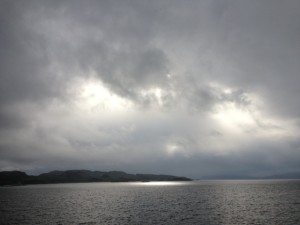
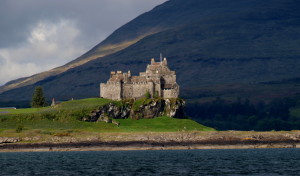
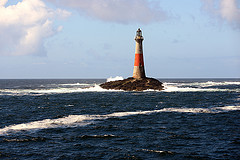

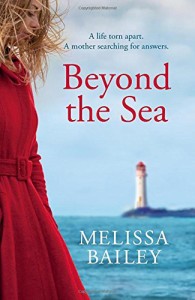

![UntouchableBlogTour (2) [77433]](https://grabthisbook.net/wp-content/uploads/2015/08/UntouchableBlogTour-2-77433-227x300.jpg)
